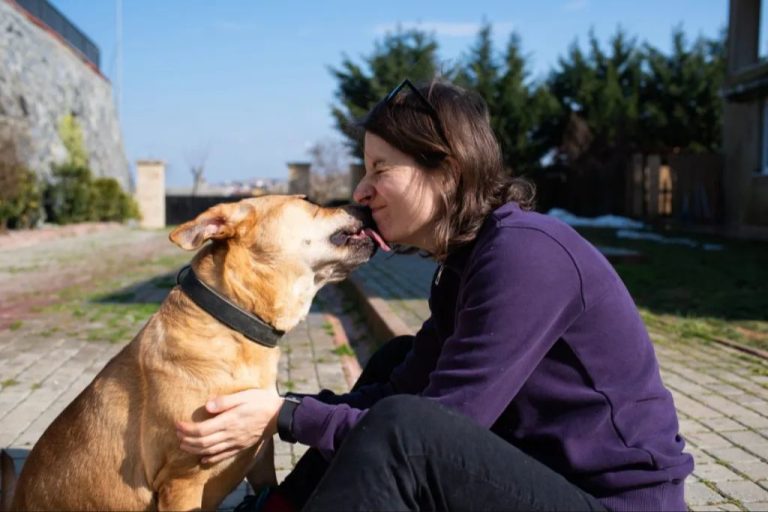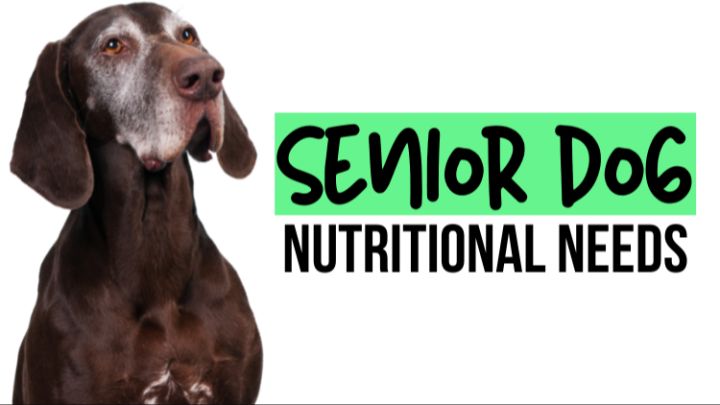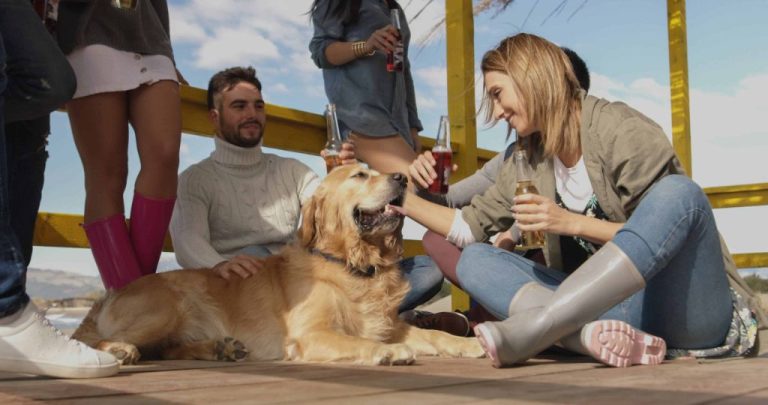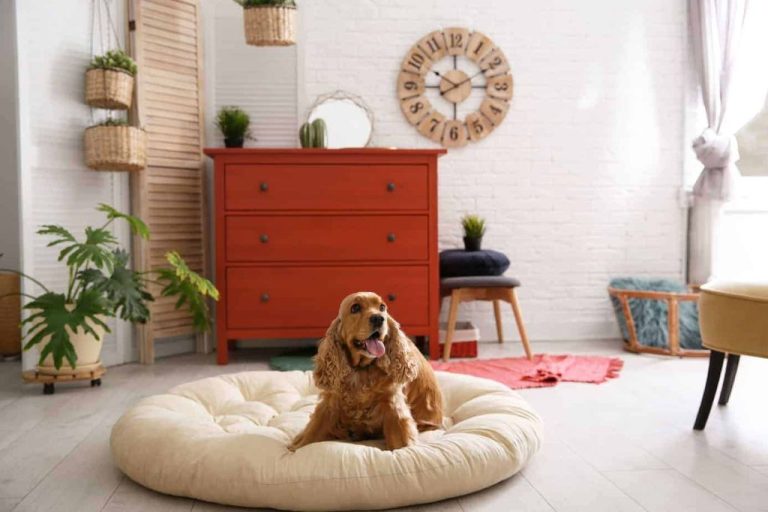Beginner’S Guide To Understanding Your Dog’S Needs: Physical And Emotional
The purpose of this guide is to provide dog owners and potential dog owners with an overview of a dog’s basic physical and emotional needs. Understanding what dogs require to be happy and healthy is an essential part of responsible dog ownership.
Dogs have a range of physical needs including proper nutrition, access to clean water, shelter, exercise, grooming, training, routine veterinary care, and more. Beyond meeting basic physical requirements, it’s also important that dogs have their emotional needs met through affection, mental stimulation, and a sense of security. This guide will explore all the key areas owners should be aware of to provide their dogs with good care.
When a dog’s physical and emotional needs are consistently met, they are able to thrive and live a fulfilling life as a pet. The goal of this guide is to inform owners how to properly understand and fulfill their dog’s needs for the benefit of both pet and owner.
Food
Proper nutrition is essential for your dog’s health and wellbeing. Dogs need a balanced diet with the right amounts of protein, fat, carbohydrates, vitamins and minerals. According to the National Academies report “Your Dog’s Nutritional Needs”, adult dogs require a minimum of 18% protein and 5% fat in their diet [1]. High quality sources of protein like chicken, beef, fish and eggs should make up the bulk of your dog’s diet.
Carbohydrates like rice, barley and sweet potatoes provide energy while fruits and vegetables supply key vitamins and minerals. It’s important to choose a high quality dog food that contains natural ingredients and avoids fillers like corn, wheat and soy. Checking the label for an AAFCO statement can help ensure the food meets your dog’s nutritional needs.
Feeding schedules vary based on your dog’s age, size and activity level. Most adult dogs do well with two meals per day. Puppies may need three or four smaller meals. Make sure to follow portion guidelines on the dog food package based on your dog’s ideal weight. Monitor your dog’s body condition and adjust food amounts if needed.
Some dogs require special therapeutic diets prescribed by a vet for conditions like allergies, kidney disease or weight management. Never make drastic changes to your dog’s diet without consulting your vet first.
Water
Dogs need access to clean, fresh water at all times. Water is essential for hydration and helps transport nutrients throughout the body, regulate body temperature, cushion joints, and eliminate waste.
According to PetMD, the general rule is that dogs should drink approximately 1 ounce of water per pound of body weight per day. However, water needs can vary based on factors like age, health, activity level, and environment. For example, puppies and lactating females may need more water, while older or less active dogs may need less.
It’s important to monitor your dog’s water intake and watch for signs of dehydration like lethargy, dry gums, and loss of skin elasticity. Provide fresh, clean water in a tip-proof bowl that is washed regularly. Change the water daily or more often if it gets dirty. Allow access to water at all times, especially during play, walks, travel, or hot weather.
Exercise
Getting enough exercise is extremely important for a dog’s physical and mental health [1]. Different breeds have different exercise needs, but most adult dogs should get at least 30-60 minutes of exercise per day [2]. Puppies and senior dogs may need less. Exercise helps strengthen muscles and joints, burn calories, relieve boredom and pent up energy, and provide mental stimulation.
There are many types of exercise for dogs: going for walks, playing fetch or tug of war, swimming, hiking, agility training, etc. Walks should be brisk enough to get the heart rate elevated. High energy breeds like Labrador Retrievers may need more vigorous exercise like running or swimming [3]. Lower energy breeds like Basset Hounds or Bulldogs may only need shorter walks. Providing the right amount of physical activity each day is key to having a happy, healthy dog.
Shelter
Providing appropriate housing is essential for a dog’s health and wellbeing. According to the Prince George’s County Animal Management Division, dogs should be sheltered inside their owners’ homes whenever possible. If keeping your dog indoors is not an option, the law requires that proper outdoor shelter be provided (source).
Outdoor shelters should protect your dog from wind, rain, snow, sun, and temperature extremes. The shelter should be insulated, dry, and draft-free. It should have a waterproof roof sloped away from the entrance and a raised floor to prevent water from running in. The shelter should be just large enough for your dog to stand up, turn around, and lie down comfortably. Placing straw or cedar shavings inside can provide additional warmth (source).
Providing temperature regulation is also key. Your dog should have access to shade and cool drinking water in hot weather. In cold weather, the shelter should retain heat while still allowing for ventilation. Door flaps can help block wind and snow. Monitoring your dog closely during extreme temperatures is advised to watch for signs of heat stroke or hypothermia.
Grooming
Proper grooming is essential for keeping your dog clean, healthy, and comfortable. Regular grooming includes brushing, bathing, nail trimming, and dental care. Dog’s should be brushed at least once per week to remove loose hair, prevent matting, and evenly distribute skin oils. Use a slicker brush, undercoat rake, or rubber curry brush depending on your dog’s coat type. Brush in the direction of hair growth, using short strokes.
Dogs typically only need bathing every few months, unless they get particularly dirty. Use a moisturizing dog shampoo and lukewarm water. Avoid getting water in their ears. Thoroughly rinse all soap residue after bathing. Nails should be trimmed regularly to avoid overgrowth and splitting. Use dog nail clippers and trim just the tip of the nail. Never cut into the quick, which is the blood vessel inside the nail. Lastly, regular dental care is crucial for your dog’s oral health. Brush their teeth daily if possible using dog toothpaste.
Training
Training is crucial for dogs, as it provides structure, enhances the human-animal bond, and teaches dogs how to properly behave in society. There are 3 main aspects of training that every dog owner should focus on: socialization, obedience, and mental stimulation.
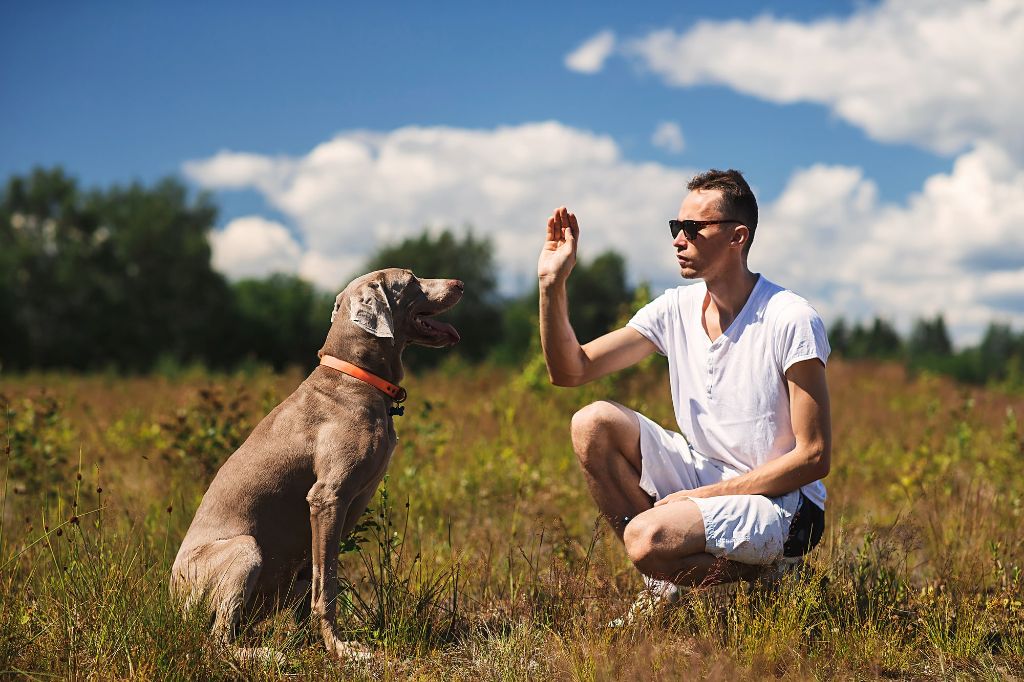
Socialization involves exposing dogs to new people, places, sights, sounds, smells, and experiences in a positive and controlled manner. This is especially important during puppyhood, as dogs go through critical socialization periods. Properly socialized dogs are friendly, confident, and able to handle novel situations. Some tips for socialization include taking puppies on walks, car rides, introducing them to friends/family, and bringing them to busy parks. Socialization leads to a well-adjusted adult dog.
Obedience training teaches dogs basic commands and proper manners. Dogs should learn fundamentals like sit, stay, come, down, heel, and leave it. Obedience helps reinforce rules, establishes your role as leader of the “pack,” and ensures dogs listen in distracting situations. Training should involve positive reinforcement like treats, praise, and play. Start obedience early and practice daily in short sessions for the best results. Obedience improves behavior and the human-animal bond.
Mental stimulation prevents boredom and frustration, which can lead to problem behaviors like chewing, barking, and digging. Provide interactive toys, food puzzles, long walks, learning new tricks/cues, or hide treats around the house for mental exercise. A tired dog is a well-behaved dog. Training provides mental stimulation critical for a happy, healthy dog.
Affection
Dogs have an emotional need for affection and bonding from their human families. This includes activities like petting, cuddling, kissing, hugging, and spending quality time together. Physical touch releases oxytocin in both dogs and humans, promoting feelings of love and connection.
According to the ASPCA, “Petting and stroking are important to most dogs. Positive, relaxing physical contact can help soothe your dog when he’s wound up, anxious or afraid.” [1] Dogs often see their owners as part of their pack and crave that special bond.
You can tell if your dog wants more affection if they nudge your hand, bring over a toy to engage you in play, or gaze at you longingly. However, each dog has unique needs – some are very cuddly while others prefer limited touching. It’s important to respect your individual dog’s preferences while also making sure to provide enough positive affection. Just a few minutes of focused daily petting can make a big difference in meeting your dog’s emotional needs.
Simple ways to share more affection include giving belly rubs, letting your dog sleep on your lap or bed, taking them on focused one-on-one walks, playing gentle games like fetch, or just sitting together and petting them while watching TV. The more quality time spent bonding, the more secure and content your dog will feel.
Routine
Dogs thrive on consistency and having a set routine each day. According to the AKC, a routine can reinforce previously taught skills in adult dogs and help puppies learn new behaviors (source). A daily schedule ensures a dog eats meals, goes potty, and gets exercise at regular times to support healthy digestion and metabolism (source). Benefits of a schedule for your dog include reducing anxiety by letting them know what to expect each day and reinforcing potty training by taking them out at consistent times.
Aim to follow the same daily routine, including scheduled feeding, walks, playtime, training, etc. Try feeding your dog at the same times each morning and evening. Take them for a walk after meals and before bedtime. Set aside dedicated play and training times when you can interact and engage with your dog. Maintaining this consistency and structure will provide comfort and stability for your canine companion.
Vet Care
Regular veterinary care is crucial for keeping your dog happy and healthy. Annual checkups allow the vet to detect potential health issues early and recommend preventative care (https://www.aaha.org/your-pet/pet-owner-education/ask-aaha/why-are-regular-veterinary-visits-important/). During the exam, the vet will check your dog’s vital signs, weight, teeth, skin, ears, and eyes. They may run tests like bloodwork, urinalysis, or fecal screening to look for any problems. Preventative care from your vet also includes keeping your dog up to date on vaccinations like rabies, distemper, and parvo to protect against infectious diseases (https://www.aaha.org/your-pet/pet-owner-education/ask-aaha/why-are-regular-veterinary-visits-important/).
In addition to preventative care, your vet provides emergency services for injuries or sudden illnesses. They can perform diagnostics like x-rays or ultrasounds to determine the cause of your dog’s condition. Based on the diagnosis, the vet will provide medications, fluids, surgery, or other treatments to get your dog on the road to recovery.
Establishing a relationship with a trusted vet ensures your dog has access to routine wellness exams as well as rapid care in an emergency. Consistent veterinary care throughout your dog’s life is the best way to catch issues early and intervene with appropriate treatment when necessary.


